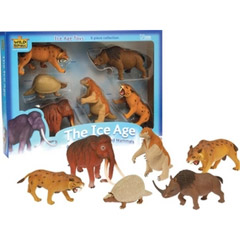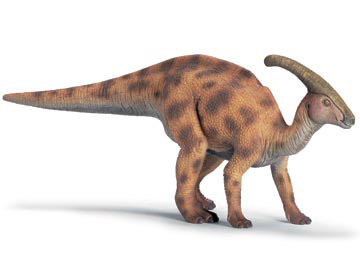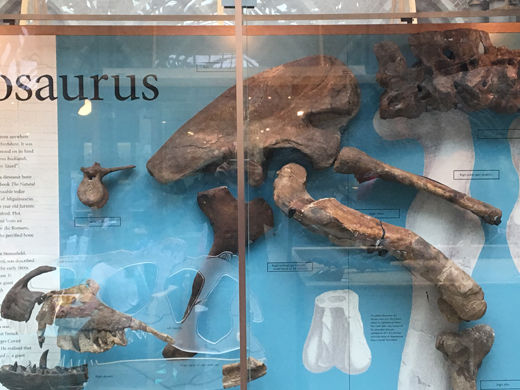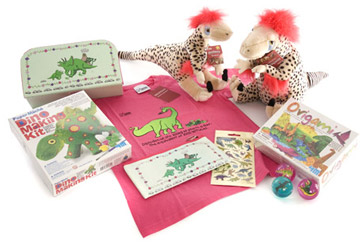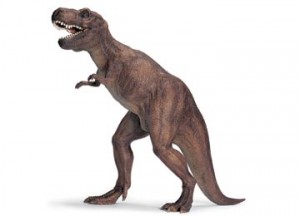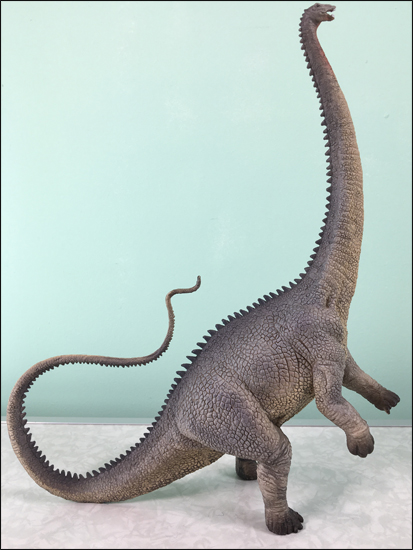Confusing Tarbosaurus for Tyrannosaurus – Helpful Hints
Is Tarbosaurus actually a Tyrannosaurus rex in Disguise?
We get many e-mails and letters from dinosaur enthusiasts all over the world asking us lots of questions about prehistoric animals. It is hard work but we do try to respond to them all and provide what information we can.
An example of this was when we received a phone call asking about Tarbosaurus, could we provide a little more information on this animal.
Tarbosaurus or to give this animal its full name Tarbosaurus bataar (means Alarming reptile) is a member of the Tyrannosauroidea family. Fossils of this large meat-eater were first unearthed in 1948 by a Russian led expedition to Mongolia, however, it was another 7 years before Tarbosaurus was officially named and described. So Tarbosaurus bataar (alarming reptile from Bataar) was named and described in 1955. It was a Russian palaeontologist – Evgeny Maleev, who was at the fore-front of Russian theropod studies who was given the honour of naming Tarbosaurus and publishing a scientific paper on it.
Confusing Tarbosaurus for Tyrannosaurus
At the time the west led by the USA and the Soviet Union were in the middle of the “cold war”. NATO had been formed in 1948 to counter the Soviet threat and in response 1955 saw the formation of Soviet led military alliance, the Warsaw Pact. Tensions were running high between the two ideologies, relations were distinctly cold and often hostile between these two superpowers. Unfortunately, dinosaurs may have become pawns used by both sides in their political manoeuvring. Tyrannosaurus rex was the most famous dinosaur of all and reputed to be the biggest meat-eater known at the time. T. rex heralded from the Western USA (although we now know it lived in Canada as well).
The Russians were delighted when they too had discovered a huge meat-eater, just about as big and as fierce as T. rex. The state sponsored Palaeontological Institute of the Russian Academy of Sciences in Moscow had their own star attraction – a huge meat-eating dinosaur, just like Tyrannosaurus rex!
More Fossils Found
In the 1950s a number of fossils of Tarbosaurus were found, again in Mongolia but discoveries were also made at sites in Western and Southern China. It seemed that Tarbosaurus was quite widely distributed, dominating the Late Cretaceous of Asia as the region’s top predator.
Today, scientists are divided as to whether Tarbosaurus is a genus in is own right or whether it should be classified as a Tyrannosaurus. Close study of the fossils show that it was very closely related to Tyrannosaurus rex, so closely related that it may, indeed be a sub-species of T. rex. The name Tyrannosaurus bataar has been proposed, and indeed some textbooks have started to use this name, dropping Tarbosaurus.
Analysis of the skulls show that there are subtle differences, enough to warrant giving Tarbosaurus a separate genus, but more finds may prove conclusive in this debate.
The argument as to whether Tarbosaurus is actually a Tyrannosaurus rex is confused further by studies of the first fossils of Tarbosaurus. It seems that some of the earliest finds were of a juvenile and at the time the Russian scientists thought they had actually discovered two meat-eating dinosaurs.
Tarbosaurus Anatomically Similar to T. rex
For sure, it seems that Tarbosaurus was anatomically very similar to T. rex. It was certainly a very impressive looking animal, reaching lengths of up to 40 feet and weighing perhaps as much as 5 Tonnes. It lived during the Maastrichtian stage (70 mya to 65 mya), of the Cretaceous, at the very end of the age of Dinosaurs, although it may have been around for about 2 million years before the U.S. Tyrannosaurus rex showed up.
As fossils have been found at a number of sites in Asia, we know that it was very widely distributed living in forested regions as well as semi-arid and desert areas. Recent comparative studies between Tarbosaurus and T. rex have led scientists to believe that there may have been other subtle differences between these huge carnivores.
The biggest Tarbosaurus so far discovered seems to be slightly smaller than the biggest T. rex, it also seems slightly lighter built. This could be because it had evolved into a more nimble hunter than T. rex to catch the different prey animals that lived with it in Asia (mostly duck-bills). The difference in skeletal size could also reflect the fact that Tarbosaurus lived in a harsher environment, or perhaps its just because nobody has yet found a really big Tarbosaurus fossil!
Some scientists have also speculated that the arms of Tarbosaurus were proportionately smaller than T. rex’s; the debate looks set to continue. Surprisingly, despite the changes made to T. rex displays around the world as palaeontologists re-design them to show the animal with its tail off the ground, the Tarbosaurus display at the Palaeontological Institute of the Russian Academy of Sciences, which depicts an adult Tarbosaurus and a juvenile has yet to be updated.
The display, in what may be the biggest palaeontological collection in the world, still shows these animals with their tails firmly on the ground.
The Tyrannosaurus family tree is still very unclear. Recent discoveries in Portugal indicate that the tyrannosaurs evolved in Europe during the late Jurassic and it took them millions of years before they moved to the top of the food chain.
A new poster has just come up which depicts a number of members of the tyrannosaur family and attempts to put them into a family tree.
Tyrannosaur Evolution Family Tree
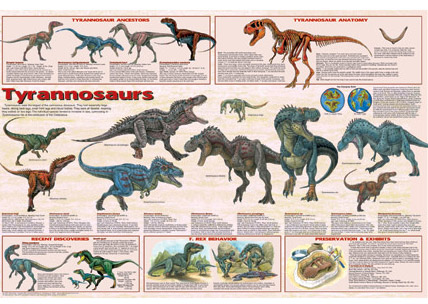
Picture courtesy of Everything Dinosaur
Visit the Everything Dinosaur website: Everything Dinosaur – Dinosaur Toys, Models and Gifts.


